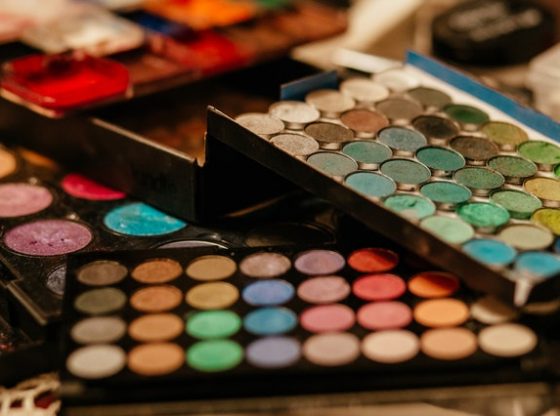Whether shopping online or on the street, who can resist a good bargain? But if that unbelievable bargain is on beauty products and the price tag looks too good to be true, you may want to resist the temptation.
A report released earlier this year by the Government Accountability Office has identified a fresh wave of sub-standard counterfeits invading the US market via online marketplaces like Amazon and eBay. Customers are receiving substandard – and potentially dangerous – substitutes for the real product through several leading online stores.
In an undercover operation, federal investigators purchased a total of 47 popular brands from leading online retailers such as Amazon, Walmart, eBay, and Sears Marketplace among others, only to discover that nearly half of them ranged from unsanitary rip-offs to products that are actually dangerous to consumer health.
Items ranging from Urban Decay beauty products (all purchased samples turned out to be fake) to Yeti travel mugs and iPhone adapters, were discovered to be counterfeit – all these products, were described as “new”, shipped from US addresses, and sold by sellers who were able to inspire buyer confidence with high feedback ratings.
More concerningly, spotting differences between fake and genuine products turned out to be almost impossible, even for the experts, who had to send products to the manufacturers for testing. At best, products were low in quality and ineffective, and at worst, seized counterfeit cosmetics were found to contain hazardous substances, including cyanide, arsenic, mercury, lead, urine, and rat droppings, according to the US Immigration and Customs Enforcement. Often, just the lead content of many eyeshadows and lipsticks tested exceeded the FDA recommended maximum by as much as 10 to 15 times the allowed amount.
These compounds can lead to skin irritation, rashes, chemical burns, and scarring, as well as dangerous allergic reactions that require emergency treatment. Long-term exposure can result in complications such as poisoning, cancer, organ damage, and neurological dysfunction. Contact with rat waste can lead to leptospirosis, rat-bite fever, and salmonellosis, among other dangers.
So, while customers believe they are buying their favorite plant-based, cruelty-free, vitamin-enriched lipstick, they might actually be getting a highly unsafe, unsanitary, and unaccountable product containing dangerous levels of infection-causing bacteria and toxic carcinogens.
According to Sideman & Bancroft, an intellectual property and brand protection group that works with beauty brands to combat counterfeits, “There are simply no standards for counterfeits: counterfeit manufacturers can, and do, use anything to make their products in the cheapest way possible.”
In addition to being hazardous to consumers, counterfeits can negatively impact a brand’s reputation. Popular brands like L’Oréal, the parent company of Urban Decay, which makes consumer safety their priority, are working with former federal law enforcement employees to fight counterfeiting while emphasizing that their products are only available at their stores and authorized retail partners.
5 tips for staying clear of counterfeits online
-
- Look out for unrealistic prices – If the price is a fraction of the manufacturer’s recommended price, the product may be fake
- Don’t fall for visuals and glossy packaging (they are often taken from the manufacturer’s website)
- Buy direct from the seller’s website or authorized retailers – Avoid third-party sellers or unknown websites.
- Learn to spot fake reviews, and don’t fall for a “verified purchaser” tag on Amazon. Sellers can cheat the system!
- Check for an effective process for complaint handling with a reasonable response time
Online retailers like Amazon are working to prevent the sale of counterfeit products by enforcing a zero-tolerance policy on sellers who compromise health and safety. Their priority is to work with brands to clear their marketplaces of counterfeit items and ensure the quality of products available to their customers. But, as confirmed through a subsequent investigation by the UK Guardian newspaper, the strategy does not seem to have worked. The expansion of online shopping has continued to fuel the counterfeit industry, making it more difficult for consumers to realize that they are buying fakes. Evidence from feedback left as reviews suggests that customers are not aware they are buying counterfeits – some young consumers were buying what they thought were genuine items merely to share on social media – without understanding or caring about the consequences of using these products.
Another strategy adopted by brands is to try to educate the consumer. To begin with, they recommend purchasing from the brand’s official website or an authorized seller. If a purchase is going to be made through Amazon double check that the seller is the company that makes the product and not a third-party re-seller. Before making a makeup purchase online consumers can also check Sitejabber for safe, counterfeit-free sites to order from.




